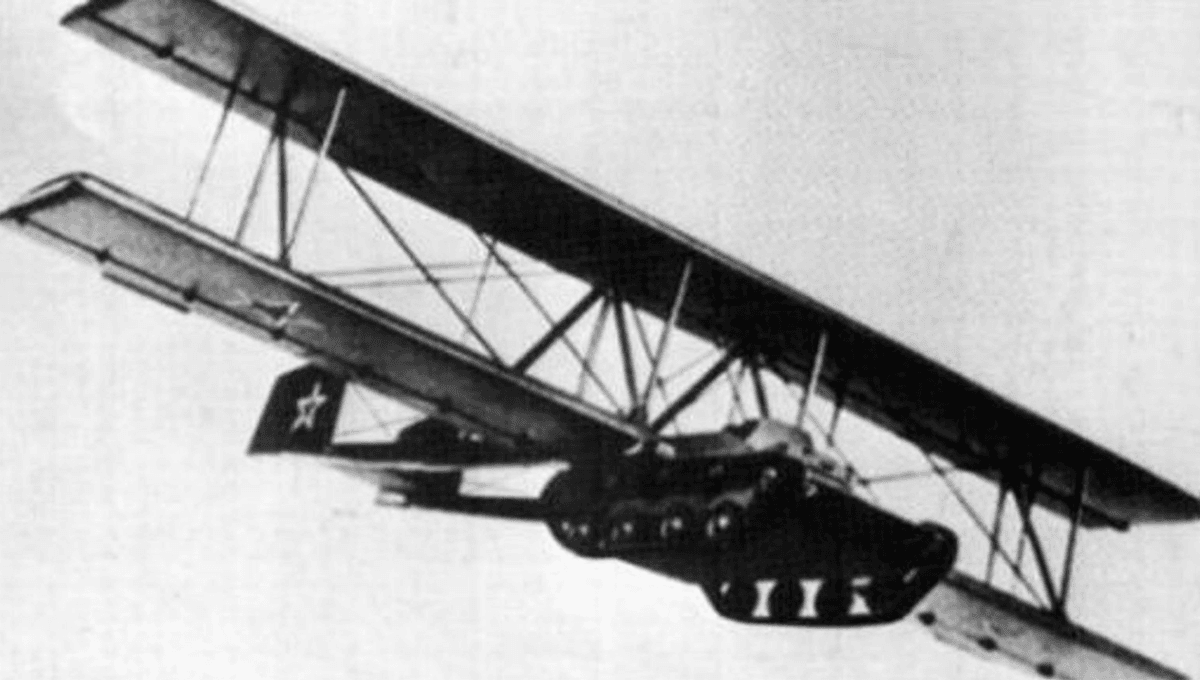Throughout history, mankind has concocted some truly bizarre and macabre methods in their pursuit of warfare. From the pain ray and Greek Fire to the gruesome tactic of catapulting plague-ridden corpses at the enemy, the depths of human ingenuity know no bounds. One such peculiar (and short-lived) invention was the flying tank, a brainchild of the Soviet Union during the tumultuous times of World War II.
Even the smallest of tanks are quite hefty, making their transportation to the battlefield a significant challenge. Driving them all the way leaves them vulnerable to enemy fire, prompting the Soviet Union to experiment with various methods of airlifting them. For a while, they attempted to strap T-27 tankettes to the underside of bombers and land them on airfields. However, the tanks’ limited damage potential didn’t justify risking their costly aircraft. Other strategies involved dropping tanks from aircraft into water or from a very low height, with the crew parachuting down and hoping to reach the tank before the enemy.
Then, during the Second World War, the Soviets had a brainwave; why not attach a tank to a glider and let it swoop into battle? The result was the Antonov A-40 Krylya Tanka, which roughly translates to “tank wings”.
In 1940, designer Oleg Antonov embarked on the ambitious project of creating a gliding tank. His design involved attaching biplane wings and a long tail boom to a small, lightweight tank. The concept was to tow the tank plane with a larger aircraft, release it, and let it glide down to the battlefield before shedding its wings and tail.
It took several years before a prototype of this flying tank was built and taken for a test flight.
“To test fly it, they have to leave the ammunition out and most of the fuel to save weight,” aviation journalist Jim Winchester explained to BBC Future. “The concept was that as the tank’s turret turned, you moved the controls on the wings. You just move the gun left or right.”
In 1942, test pilot Sergei Anokhin had the privilege of riding in the tank as it was towed by a Tupolev TB-3 bomber into the air. It quickly became evident that the idea was flawed, as the drag of the tank plane was too much for the bomber to handle. The tank was released prematurely, but Anokhin managed to glide it down and land safely in a field, before driving it back to the base.
Japan and the UK also attempted to create their own versions of flying tanks, but they too struggled with aerodynamics. Like the Soviets, they quickly abandoned the idea.







